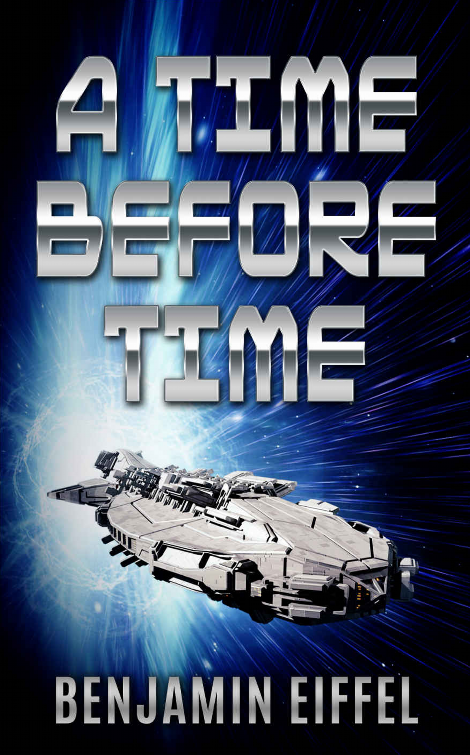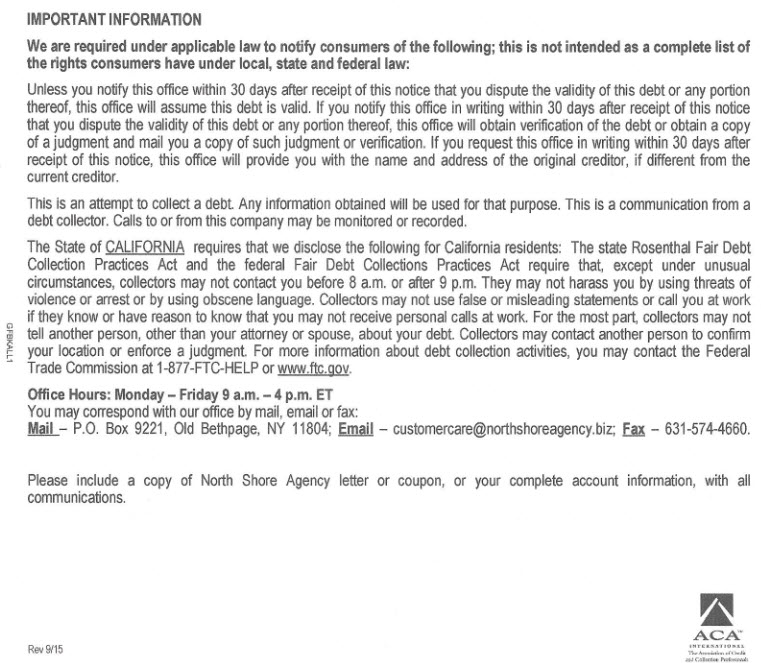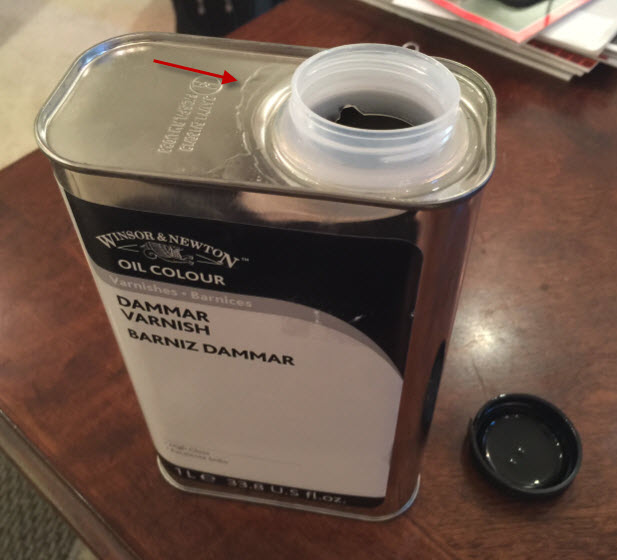I didn’t think this would ever happen, but in a year where I have said this many times, I actually have a bit of praise for Trump. Here it is:
I have been an outspoken critic of the F-35 programs and its massive cost overruns over the years. The F-35 is the Pentagon’s largest single program, and is likely to cost the government around $400 billion over the next 22 years.
It has always bothered me that a single F-35 fighter plane costs between $100 and $200 million, and we’re buying 2,443 of them. How can that be? How can nobody in the government stand up to this and deal with it? Obviously, the military industrial lobby is extremely strong, so even Obama in his eight years didn’t stand up to it.
The fact that nobody can even tell us exactly how much each plane costs is alarming. Try to google it! The difference between $100 and $200 million is $100 million. Do you realize how much good $100 million can do for our country? Do you realize how much good $100 million times 2,443 could do? Yet, we have no problem blowing that kind of money on a marginal and highly criticized program that may never even work.
Here is a list of posts I have published over the years to give you some background on the F-35:
February 14, 2016 – The F-35 is an exceptionally bad plane
November 13, 2015 – Trump on the F-35 Boondoggle
May 21, 2015 – Buying the F-35
April 5, 2016 – Government Contracting at its Worst
November 14, 2016 – The Insanity of the Republican Candidates
November 7, 2015 – Giving Foreign Aid to Israel
Trump, with his loose Twitter finger, has been poking and prodding Boeing about the cost of the new Air Force One 747 planes and Lockheed Martin about the F-35 and its incredible cost overruns. The stock of both companies declined immediately after he did that, and sure enough, the CEOs of both companies responded.
Here is a tweet from the CEO of Lockheed Martin, Marillyn Hewson:

Here is Trump commenting on it later:
It’s a little bit of a dance. But we’re going to get the cost down,” he said, calling the F-35 program “very, very—uhhh—expensive.
— Donald Trump
Here is an article that provides a bit more background about the exchange between Trump and Hewson. This concession by Lockheed Martin would never have happened without the brash and bold behavior of Donald Trump. I was hoping over the years that Obama would show backbone and stand up to this boondoggle. He didn’t. Bush before him didn’t. No modern politician did. I would venture to say that the word “F-35” never once got mentioned in any presidential debate by any candidate of either party. Lockheed Martin had (and still has) a steady stream of cash coming to it – a redistribution of wealth from the American taxpayer to the shareholders and executives of Lockheed Martin.
We have been blaming Obama for being a redistributor, and we have pointed to the measly food stamps program that helps destitute Americans to get nourishment for their children. But right in front of our eyes, glaringly in the open, we have tolerated a redistribution program on a much grander scale – and nobody has spoken up.
Enter Donald Trump.
I have nothing but disdain for the man Donald Trump. But this is good.
This little tweet of his might have been worth quite a few billions of dollars of American taxpayer wealth that can now go to more noble causes.

Trump is the first politician in my memory that is standing up to the military industrial complex.
And there you have it. I have posted in praise about Trump.
Like this:
Like Loading...
















